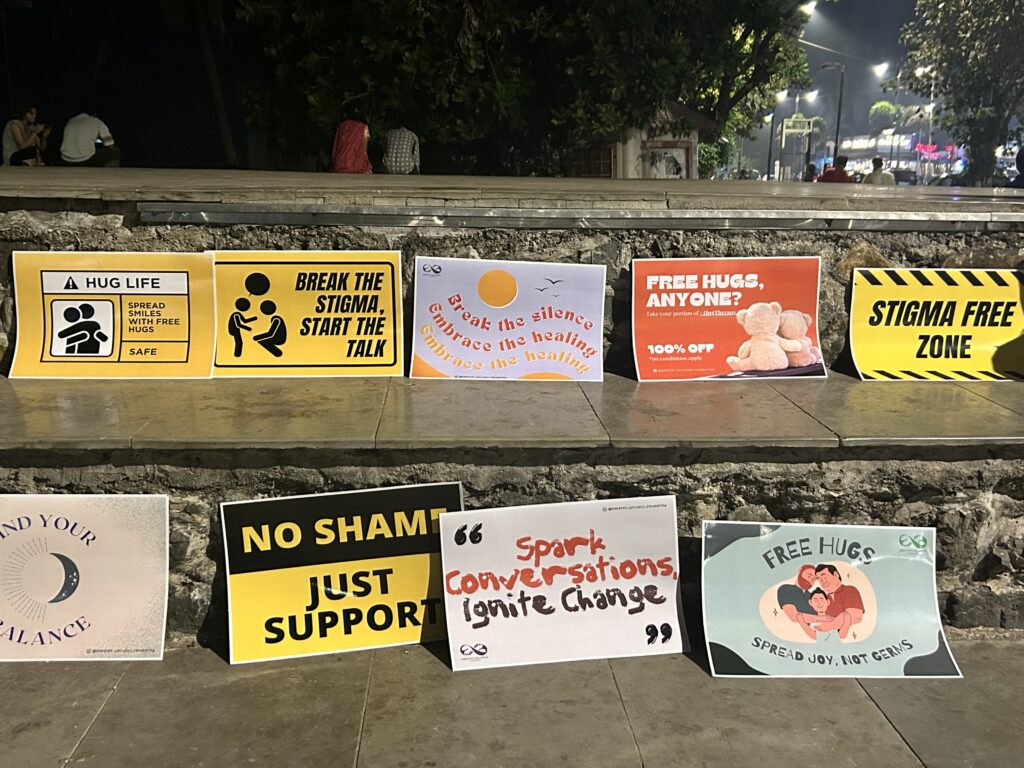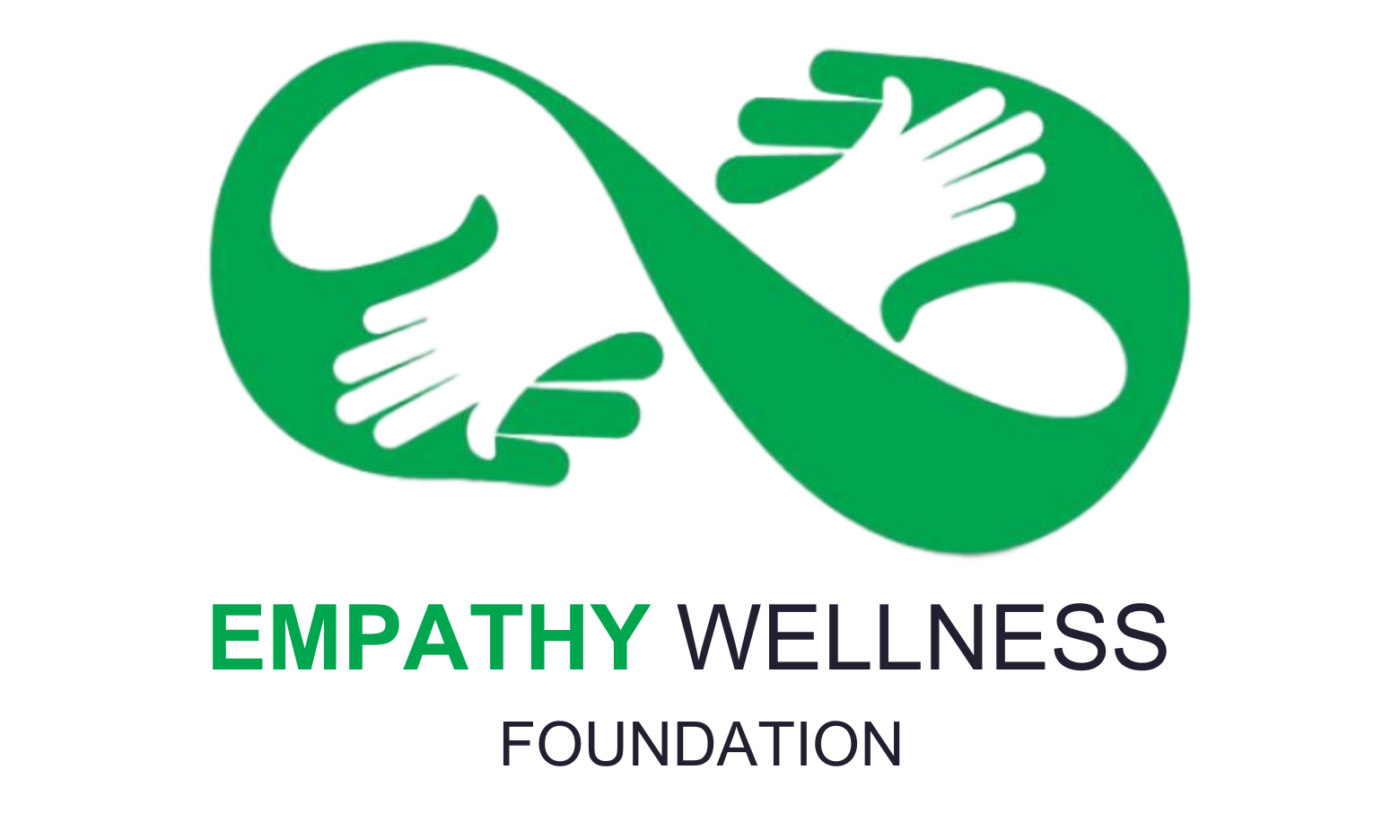Stories of Change, Proof of Impact
Every effort creates a ripple of hope. Read how our initiatives are making a difference in people's lives.

1. Prevalence of mental disorders
Globally, 970 million people—1 in 8 individuals—live with a mental health condition. The most common disorders include:
Women are 50% more likely to experience anxiety and depression, whereas men are more prone to substance abuse and suicide. (Source: WHO, 2022)

2. Mental health and suicide crisis

3. Economic and workplace impact
Mental health issues have significant economic repercussions:

4. Youth and adolescent mental health

5. The mental health treatment gap
- High-income countries: 60 per 100,000
- Low-income countries: <2 per 100,000

6. COVID-19’s impact on mental health
- 1.5x higher risk of depression
- 1.6x higher risk of anxiety
- 2x higher likelihood of PTSD
- 35% increase in loneliness
- 50% increase in substance abuse
- 25% rise in domestic violence cases

7. Mental health disparities across demographics

8. Solutions and the way forward
To address the mental health crisis, the following actions are crucial:
- Increase Funding – Mental health budgets must be doubled to bridge treatment gaps.
.
- Expand Access to Care – More therapy services, crisis hotlines, and online platforms are needed.
- Improve Workplace Mental Health – Employers must implement better support systems for employees.
- Enhance Mental Health in Schools – School-based mental health programs can support young individuals.
- Reduce Stigma – Public awareness campaigns should encourage help-seeking behavior.
- Tele-therapy and AI Innovations – Digital therapy solutions like AI-powered mental health apps (e.g., Wysa, Woebot) offer accessible support.
- Research and Alternative Therapies – Psychedelic-assisted therapy (e.g., psilocybin, ketamine) is showing promise for severe depression.
- National Mental Health Programs – Countries like Finland and New Zealand are investing in comprehensive mental health strategies. (Source: WHO, Harvard Medical School, NIMH, McKinsey)


